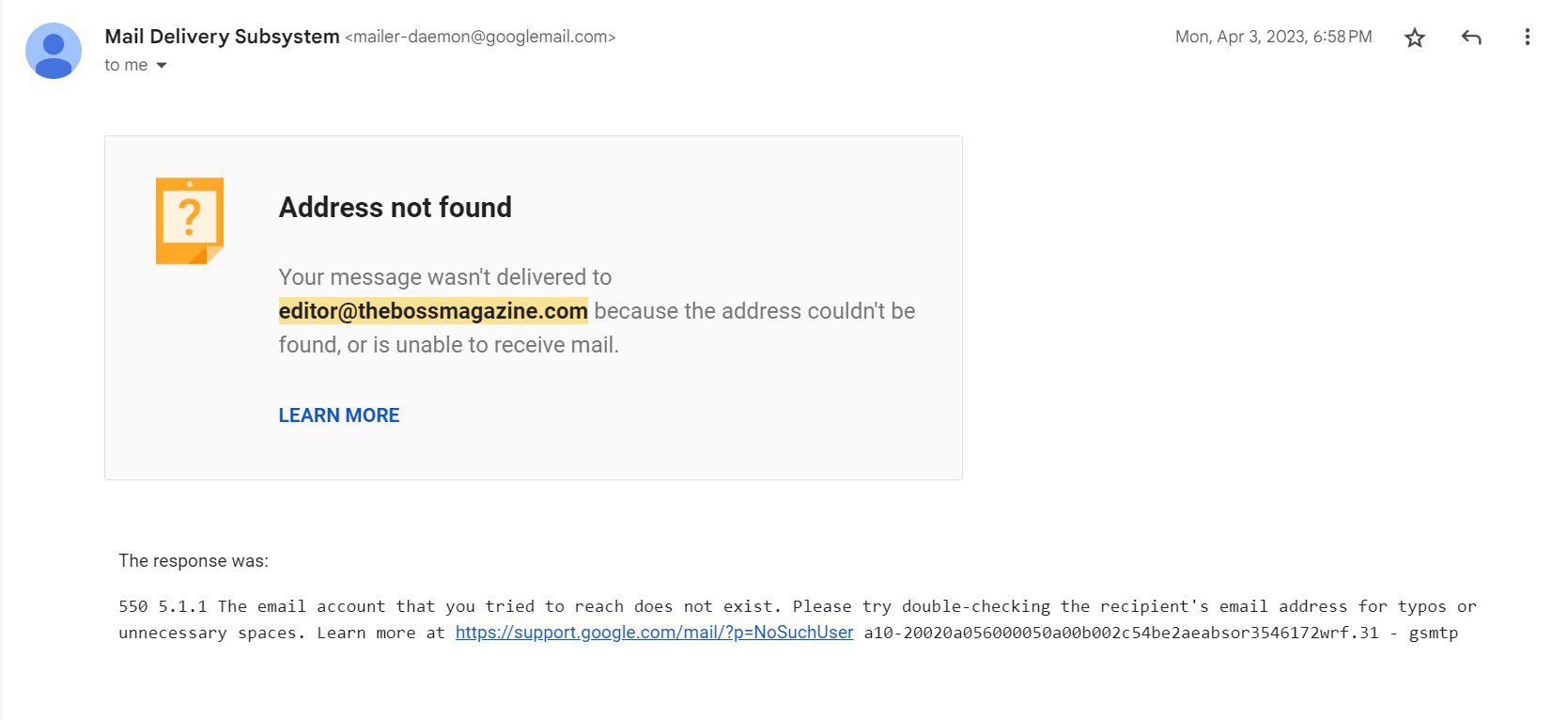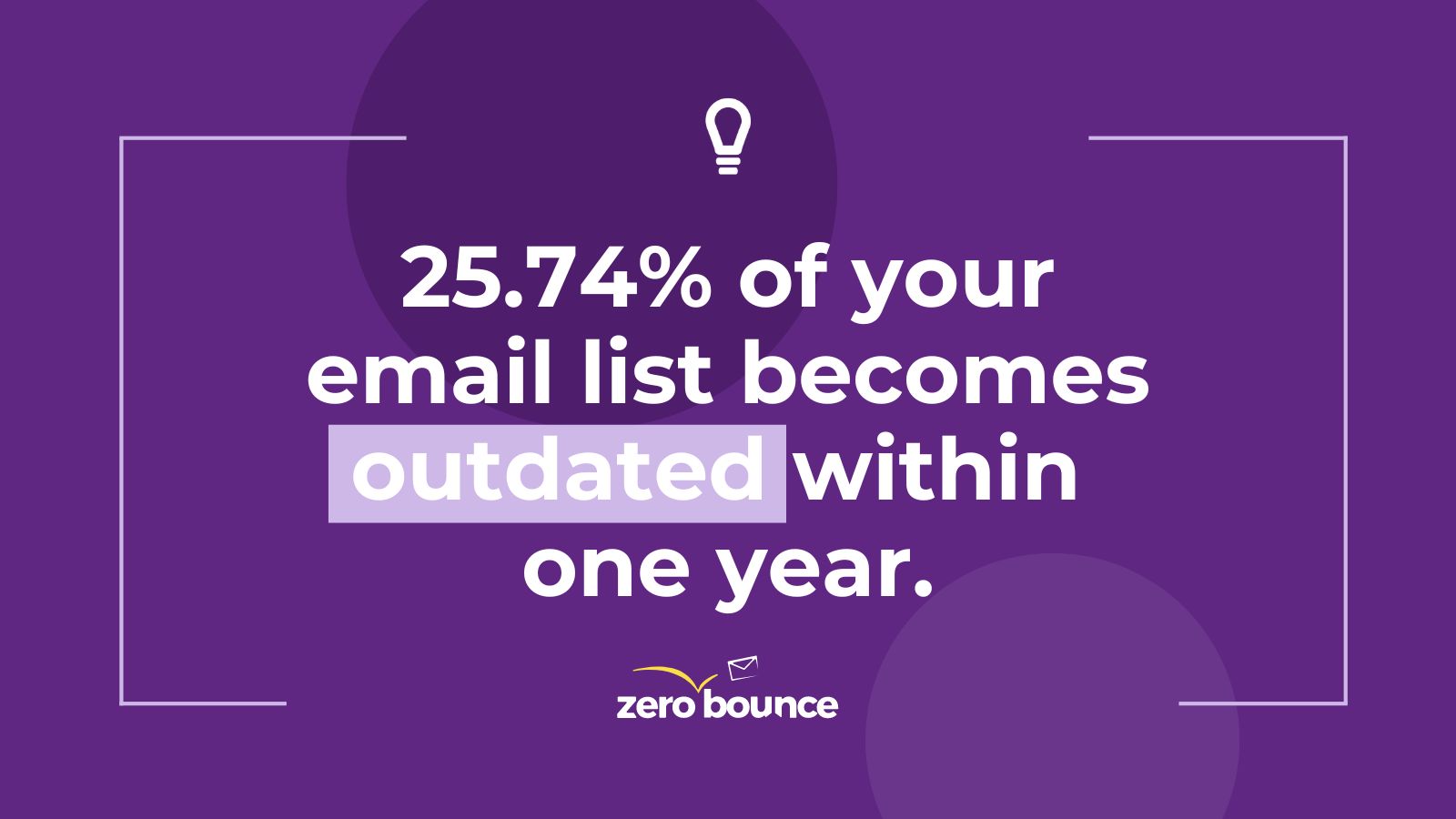
Top Reasons Your Emails Are Flagged as Spam – And How to Avoid the Spam Folder
Do you suspect your emails are flagged as spam and not reaching the inbox? If your engagement metrics are low, you may be right. Here are the most common reasons – and how to avoid the spam folder and increase inbox placement.
Have you ever poured hours into crafting the perfect email only for it to end up in your recipients’ spam folder?
If so, you’re not alone. Every email marketer has been there, and some are in that situation without even knowing it.
Here’s why: spam filters are on high alert, flagging emails that even slightly resemble spammy content. Yet there are many more reasons why people find themselves in this situation. You need to know the reasons this problem arises to prevent or fix it.

Here’s how to avoid the spam folder
If your email marketing performance has taken a dive, it’s time to investigate what’s going on. Let’s explore the main reasons emails get marked as spam and, more importantly, how you can avoid that to ensure your messages land in the inbox.
Poor sender reputation will get your emails blocked by spam filters
One major factor for why emails end up getting flagged as spam is poor sender reputation, which essentially works as a “credit score” for your email address.
Email providers assess your reputation based on things like:
- Your overall email engagement rates
- The number of emails you send
- Your bounce rate and spam complaint rate.
If you have a low sender reputation, your emails will likely be flagged as spam and your email deliverability rate will take a hit. Your deliverability is the rate at which emails land specifically in the inbox (not spam).
A poor sender reputation can be influenced by:
- Sending emails to unengaged people.
- High bounce rates because you’re sending emails to invalid or outdated email addresses
- Sending too many emails in a short period without warming up
- Reaching out to prospects without getting consent
- Getting a high number of spam reports.
Tip: You can improve your sender reputation by maintaining clean, engaged lists and sending emails at regular intervals. Never send emails to people who didn’t agree to receive them. Similarly, you should never add emails to a list that weren’t verified first.

Spammy content is a red flag for spam filters
Spam filters analyze the content of your emails to detect spam signals. Common spam triggers include using too many capital letters, exclamation marks, and using words like “FREE!” or “ACT NOW!” Even things like including tons of links or too many images can make filters wary of your emails.
Spam filters are sophisticated, too—they don’t just look for specific keywords. They analyze your email’s structure, sender information, and formatting to gauge if your message is trustworthy.
Getting a firm foundation on email marketing best practices will complement both email deliverability and ROI.
Tip: Write your emails in a natural, conversational tone, and avoid excessive emphasis on sales language or gimmicks. Be straightforward and honest about your message. Here are some useful tips from copywriter Laura Belgray.
Emailing unengaged recipients affects your inbox placement
Your deliverability suffers when a high percentage of recipients ignore your emails. Why? Because email providers interpret emails that fail to pique people’s interest as probably being spam.
So, when you receive a downgrade in your sender reputation, there’s a great chance that your future emails will be flagged as spam.
If your email consistently goes unopened, it’s a sign you may need to remove disinterested people from your list and target only your most engaged subscribers. Removing dormant subscribers also helps you prevent potential bounces. Email service providers like Google and Yahoo regularly disable and delete inactive accounts.
Tip: Remove unengaged accounts from your email list at least every six months. It helps you improve inbox placement and avoid bounces in case those accounts are deleted.
How spam flags impact deliverability and open rates
Spam flags can be a vicious cycle: once flagged, your emails may increasingly end up in the spam folder, affecting future inbox placement and open rates.
So, how can you boost sender reputation, avoid the spam folder, and improve email deliverability? Let’s take a look at the steps you can take today.
Keep a clean email list
Every year, at least a quarter of your email list goes bad, our team at ZeroBounce found after analyzing six billion emails. To keep your bounce rate low, you can’t ignore your email list decay, so make sure you validate your database often.
A healthy email list means you stay in good graces with Internet service providers, so your emails are more likely to go to your customers’ inboxes. If you have forms that allow an email address to be entered, you can connect an email validation API to ensure caustic email addresses don’t seep onto your email database.

Maintain a low spam complaint rate
Each spam complaint worsens your sender reputation, making it harder for even engaged subscribers to see your emails. For Internet service providers, a high spam complaint rate is a vital signal, prompting filters to weed your messages out of the inbox.
To avoid spam reports, use an opt-in email list, send content that resonates with your audience, and remove unsubscribes promptly.
Additionally, you could look into removing abuse emails from your list – these are users who may mark your emails as spam. An email verification service like ZeroBounce can detect them and allow you to part with these subscribers to mitigate any risks.

Start with a warmup plan and segmented lists
Another critical aspect to improving inbox placement is having an email warmup plan in place. By gradually increasing your sending volume, you can build a positive sender reputation with email providers.
Starting small and steadily ramping up allows email providers to see consistent engagement with your messages, which builds trust. This approach also reduces the risk of sudden spikes in volume that could trigger spam filters and hurt your sender reputation.
Additionally, segmenting your list to target engaged, relevant subscribers means fewer spam complaints and higher open rates.
Once your list is segmented, focus on crafting tailored content for each group to keep engagement high. This personalization helps maintain your sender reputation by showing email providers that your messages are valuable and relevant to each recipient.

Setting up DMARC is essential to avoid the spam folder
Authenticating your emails has become essential to avoiding the spam folder and increasing deliverability.
Setting up a DMARC (Domain-based Message Authentication, Reporting & Conformance) monitor can greatly reduce the chances of your emails being flagged as spam. DMARC allows you to set specific policies that verify the authenticity of your messages, which helps build a positive reputation with email providers.
When DMARC is in place, it tells recipient servers to check for alignment with SPF (Sender Policy Framework) and DKIM (DomainKeys Identified Mail) protocols. Both confirm that the email is sent from a trusted domain and hasn’t been altered in transit.
Monitoring DMARC reports gives you insights into unauthorized or suspicious email activities, which you can address to secure your email domain further. This proactive approach helps keep legitimate emails from being flagged as spam and ensures they reach your recipients’ inboxes reliably.
Related: Did you know that email service providers now require email authentication for mass senders?
Monitor for any blacklisting issues
A common reason emails get flagged as spam and never make it to the inbox is when the sender’s domain or IP is blacklisted. Usually a result of not following email best practices, email blacklisting means your emails are stuck in spam or are blocked from even reaching the junk folder.
To determine if this may be an issue for you, consider running an email blacklist check. For more peace of mind, you can take an extra step and set up a blacklist monitor. This tool scans email blacklists daily and alerts you if your domain or IP have been flagged.
Key points to remember to avoid the spam folder
Whenever you send an email, there’s no guarantee it will land in the inbox. As you can see, boosting sender reputation and email deliverability takes concerted effort.
To make things easier for you, here’s a recap – keep these steps in mind to avoid the spam folder:
- Validate your email list regularly and remove invalid, fake, and obsolete contacts.
- Maintain engagement by weeding out dormant emails.
- Remove complainers right away and give people an easy way to unsubscribe.
- Warm up new email addresses before increasing sending volume.
- Send your subscribers high-quality content – make it relevant and helpful.
- Authenticate your emails using protocols like SPF, DKIM, and DMARC.
- Monitor your domain and IP and act quickly if they get added on any blacklists.
- Segment your email list and craft personalized messages for each group.
- Send emails consistently to build trust, familiarity, and engagement with your audience.
By following these best practices, you’ll be on your way to avoiding the spam folder and increasing your email open rates.
The important thing to remember is that you don’t need to go it alone. If you have any issues, it’s good to make contact with someone who knows how to troubleshoot in order to solve the problem. Need help? You can always reach out to our team for a free consultation.
If you’re going to invest in high-quality marketing emails, just remember that you won’t get anywhere without good email deliverability. It’s the only way to ensure your messages reach the inbox where they belong.
Table of Contents
- Here’s how to avoid the spam folder
- Poor sender reputation will get your emails blocked by spam filters
- Spammy content is a red flag for spam filters
- Emailing unengaged recipients affects your inbox placement
- How spam flags impact deliverability and open rates
- Keep a clean email list
- Maintain a low spam complaint rate
- Start with a warmup plan and segmented lists
- Setting up DMARC is essential to avoid the spam folder
- Monitor for any blacklisting issues
- Key points to remember to avoid the spam folder






